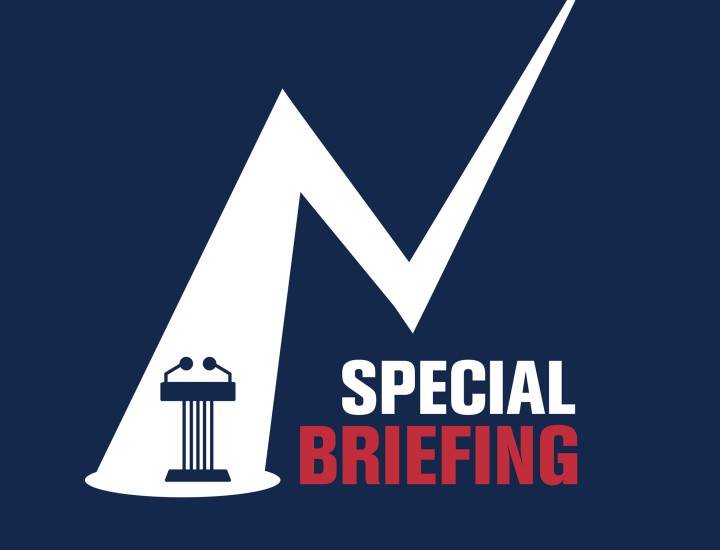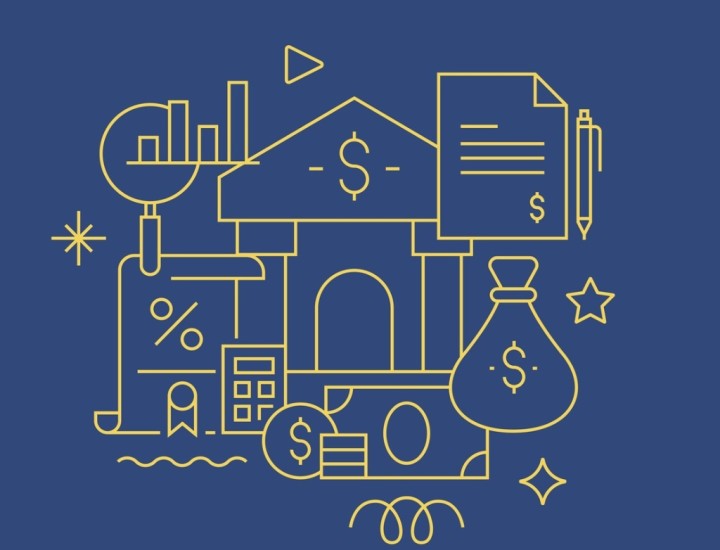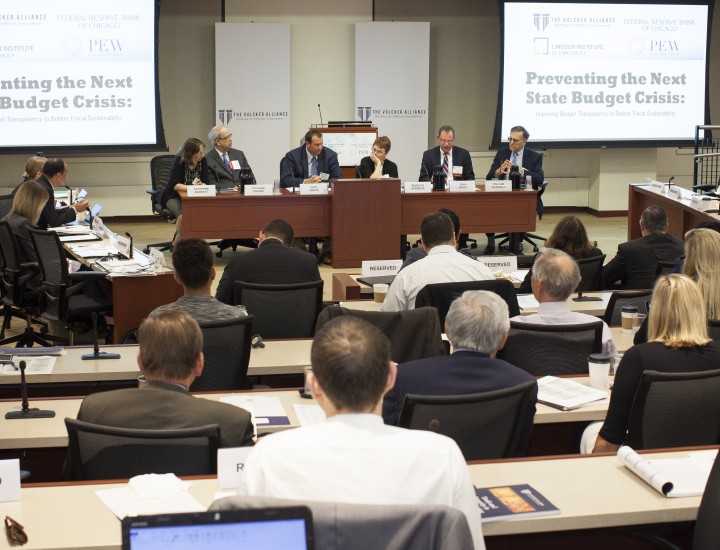
Evaluating $1 Trillion in State Tax Expenditures
Benefit or Burden: Evaluating $1 Trillion in State Tax Expenditures is the latest, and final, in a series of Alliance issue papers on state and local budgeting in the COVID Era.
The issue paper addresses how US states hand out massive tax breaks every year to advance policy goals, such as aiding low-income families, spurring business investment and job creation, or mirroring the federal tax code. Known broadly as tax expenditures, these exemptions, credits, abatements, and other measures reduce state revenues by an estimated $1 trillion a year, almost three times their 2021 total state expenditures on education. Such tax expenditures, which often suffer from lax government oversight, may be leaving states short on revenue at time when the effects of climate change and the cost of deferred maintenance means that they will need to spend more on infrastructure now and in the decades ahead.
Tax expenditures are a less transparent form of spending scarce public resources than appropriations of cash and are often not subject to the same rigorous review. The absence of routine, critical evaluation means that tax breaks can persist unchecked for multiple budget cycles or longer.
This issue paper describes the different types of tax expenditures used by states and how they are disclosed, if at all. To show the wide variations in tax expenditure oversight and disclosure, the issue paper features report cards comparing practices followed by six states with widely differing policies: Alabama, Minnesota, New Jersey, New York, Utah, and Washington. The paper then offers recommendations for states to improve evaluation and disclosure of tax expenditures.
About the Initiative and Issue Paper Series
The goal of the Truth and Integrity in Government Finance Initiative is to help improve budgeting and fiscal sustainability in states by identifying practices that need improvement and providing concrete examples of best practices for all to follow.
The State and Local Budgeting in the COVID Era issue paper series builds on the work of previous research efforts to focus on the impact of the pandemic and ensuing recession and recovery on states and localities; explore how budgeting policies of states prior to the pandemic have impacted how well they were able to handle the crisis; identify risks and opportunities within states that will contribute to their ability to successfully recover from the financial impacts of COVID-19; and make recommendations for policy improvements that will contribute to the fiscal sustainability of states.




